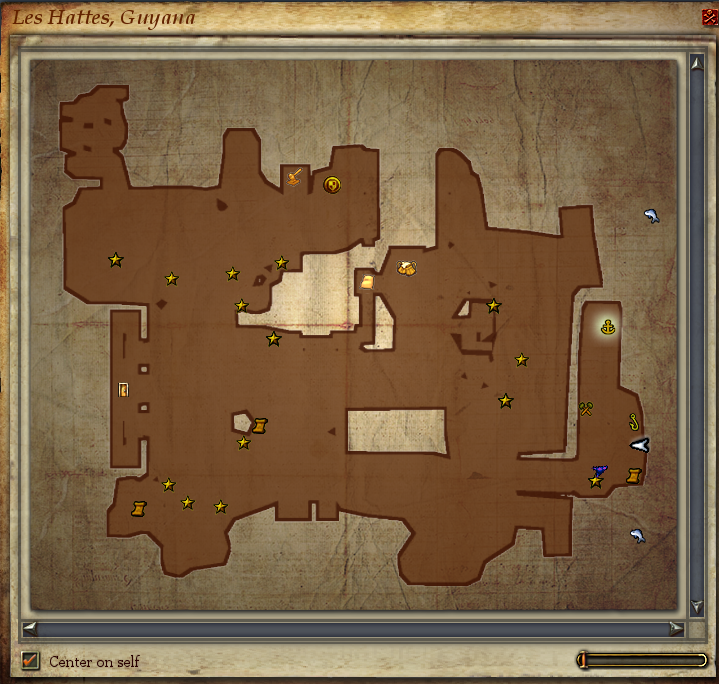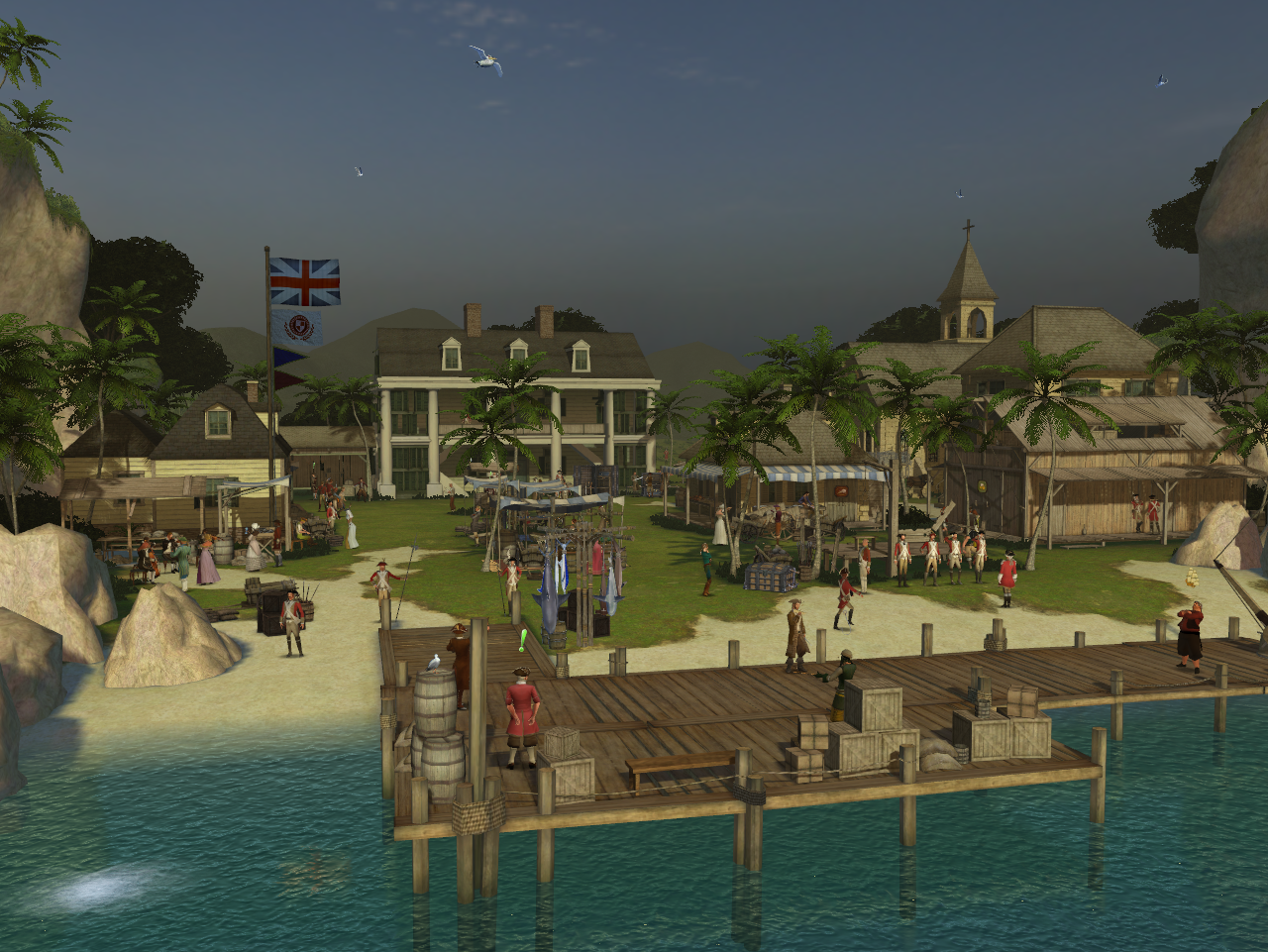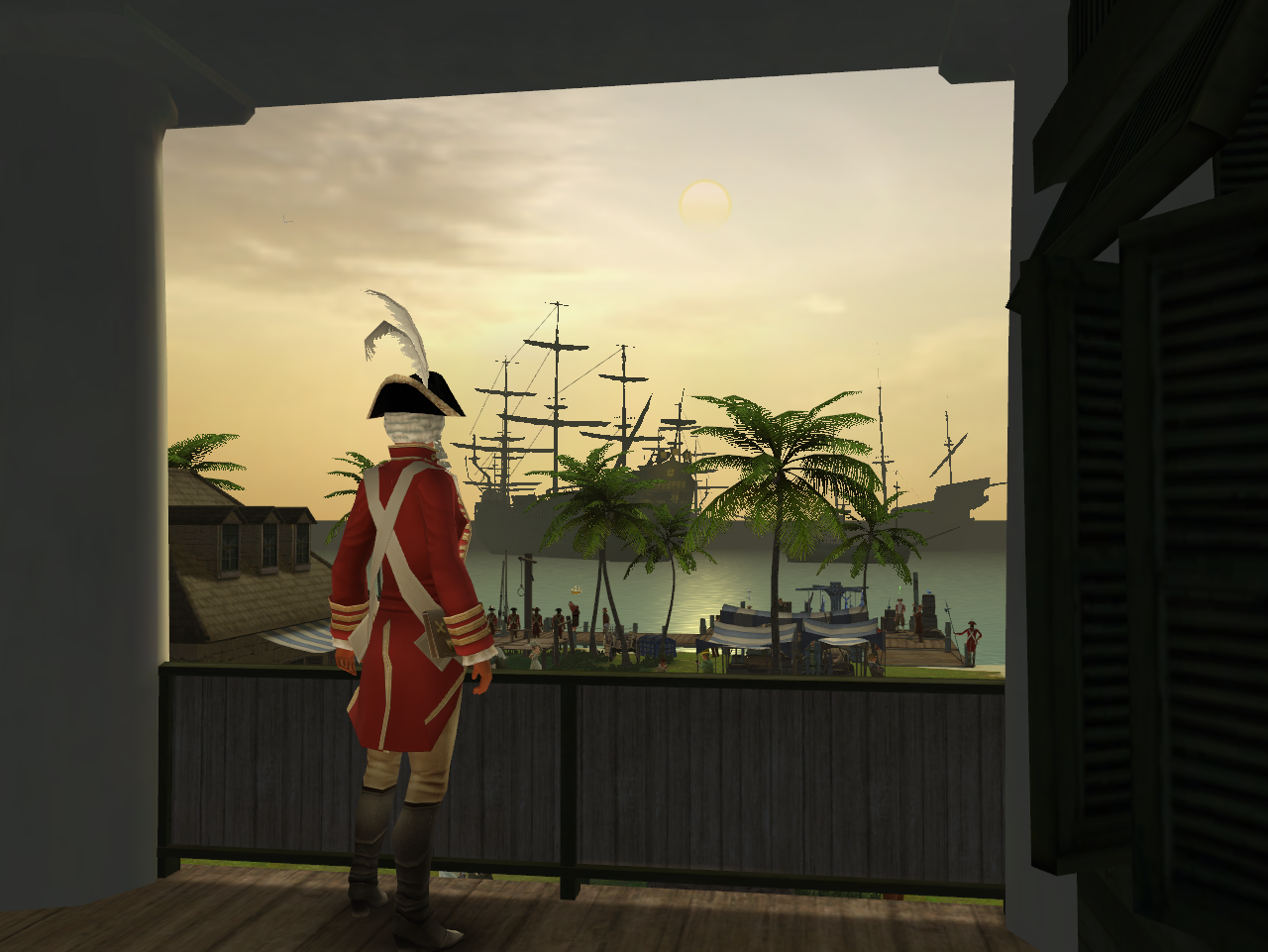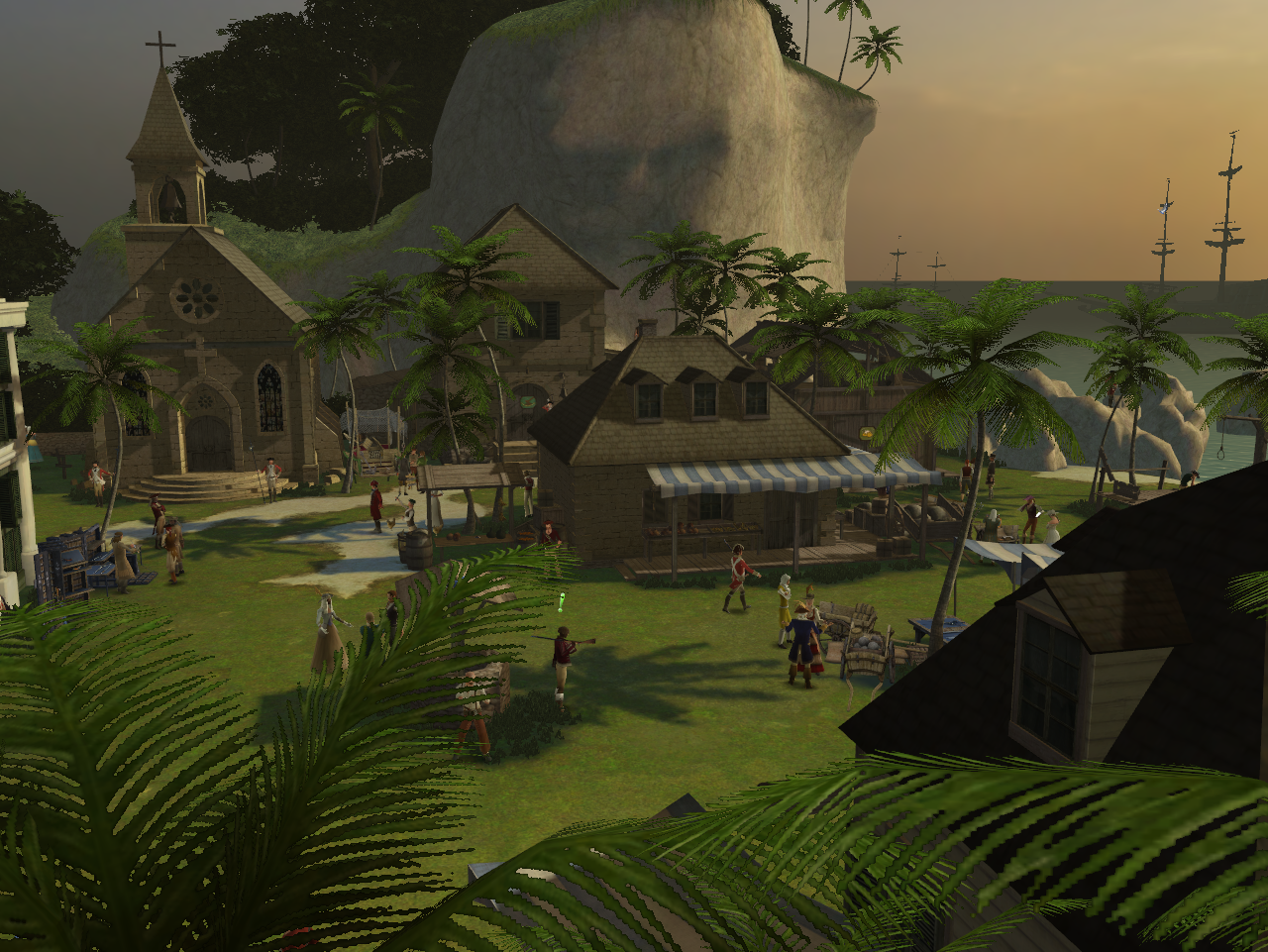¶ Les Hattes (Guyana)
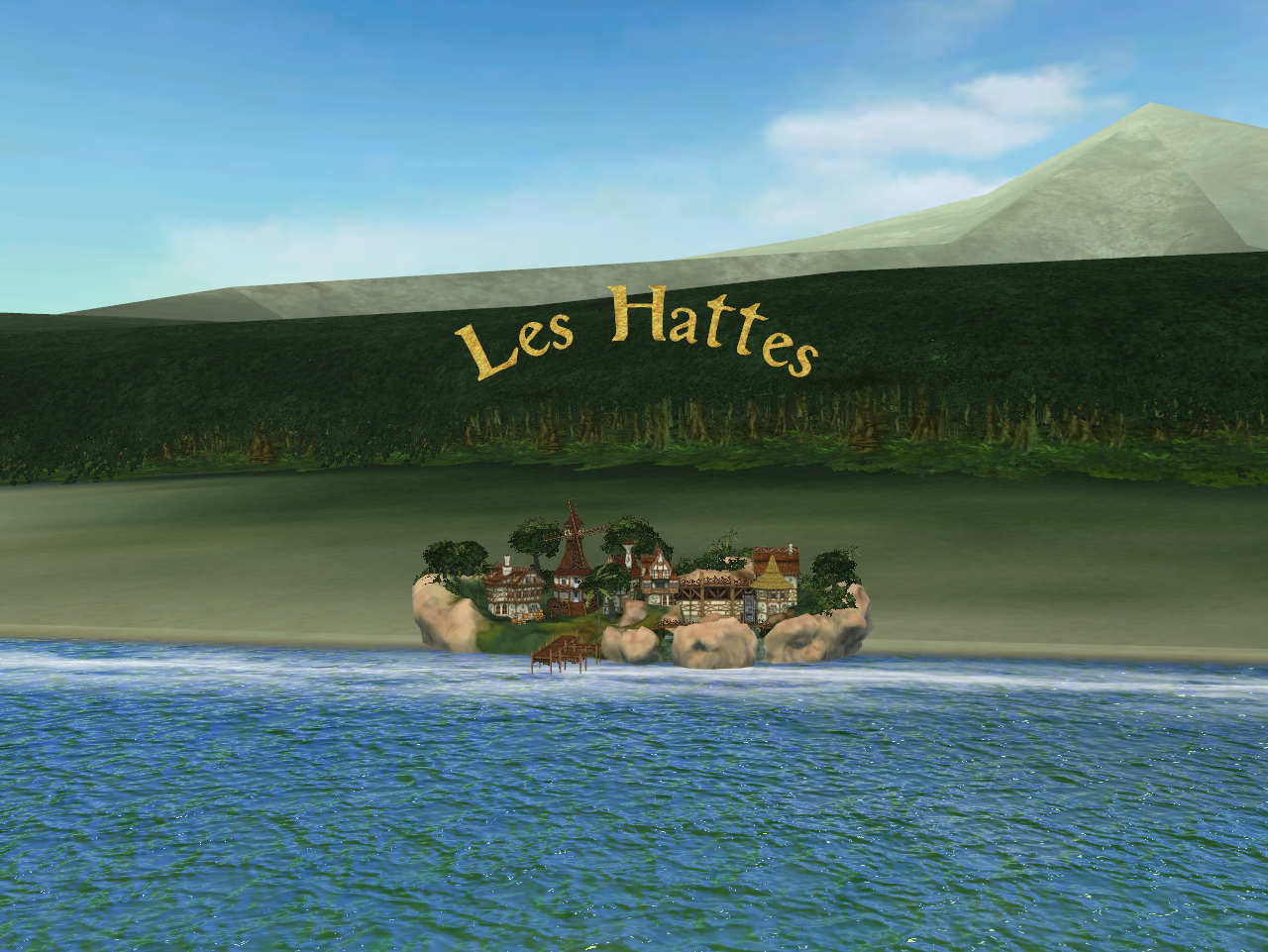
Conquerable Port!
¶ Local Map
¶ Resources
¶ NPC
¶ History
Les Hattes is a small community located on the Marconi River in French Guiana. It is known for its beautiful beach, Plage les Hattes which is a vital nesting site for the giant Leatherback turtles which come to lay their eggs from April to July. During peak nights 200 Leatherbacks come ashore. Green sea turtles, Olive Ridley turtles and Hawksbill turtles also visit Plage les Hattes though to a lesser degree.
The history of Guyana or French Guiana spans many centuries. Before the first Europeans arrived, there was no written history in the territory. It was originally inhabited by a number of Native American peoples, among them the Carib, Arawak, Emerillon, Galibi, Palikour, Wayampi (also known as Oyampi) and Wayana. In 1498 French Guiana was first visited by Europeans when Christopher Columbus sailed to the region on his third voyage and named it the "Land of pariahs". In 1604 France attempted to settle in the area, but was forced to abandon it in the face of hostility from the Portuguese, who viewed it as a violation of the Treaty of Tordesillas. French settlers returned, however, in 1643 and managed to establish a settlement at Cayenne along with some small-scale plantations. This second attempt would again be abandoned following Amerindian attacks. The French returned once more in 1664, and founded a second settlement at Sinnamary (this was attacked by the Dutch in 1665).
In 1667 the British seized the area. Following the Treaty of Breda on 31 July 1667 the area was given back to France. The Dutch briefly occupied it for a period in 1676. After the Treaty of Paris in 1763, which deprived France of almost all her possessions in the Americas other than Guiana and a few islands, Louis XV sent thousands of settlers to Guiana who were lured there with stories of plentiful gold and easy fortunes to be made. Instead they found a land filled with hostile natives and tropical diseases. One and a half years later only a few hundred survived. These fled to three small islands which could be seen off shore and named them the Iles de Salut (or "Islands of Salvation"). The largest was called Royal Island, another St. Joseph (after the patron saint of the expedition), and the smallest of the islands, surrounded by strong currents, Île du Diable (the infamous "Devil's Island"). When the survivors of this ill-fated expedition returned home, the terrible stories they told of the colony left a lasting impression in France.
In 1794, after the death of Robespierre, 193 of his followers were sent to French Guiana. In 1797 the republican general Pichegru and many deputies and journalists were also sent to the colony. When they arrived they found that only 54 of the 193 deportées sent out three years earlier were left; 11 had escaped, and the rest had died of tropical fevers and other diseases. Pichegru managed to escape to United States and then returned to France where he was eventually executed for plotting against Napoleon.
